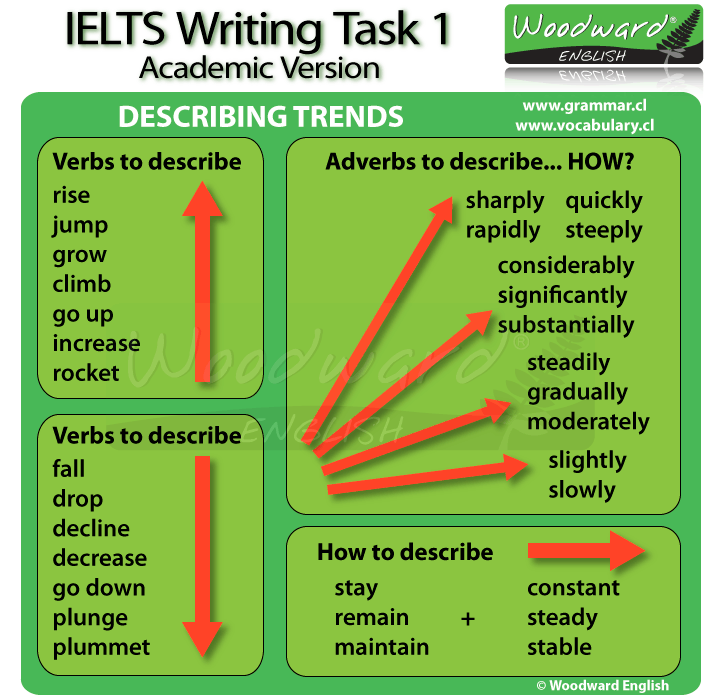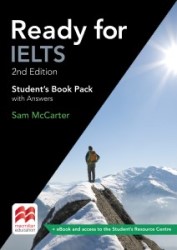President Donald Trump and his challenger Joe Biden have fiercely clashed in one of the most chaotic and bitter White House debates in years.
Mr Trump frequently interrupted, prompting Mr Biden to tell him to "shut up" as the two fought over the pandemic, healthcare and the economy.
The US president was challenged over white supremacist support and refused to condemn a specific far-right group.
Opinion polls suggest Mr Biden has a steady single-digit lead over Mr Trump.
But with 35 days until election day, surveys from several important states show a closer contest.
Polls also suggest one in 10 Americans have yet to make up their mind how to vote. But analysts said Tuesday night's debate - the first of three - probably would not make much difference.




